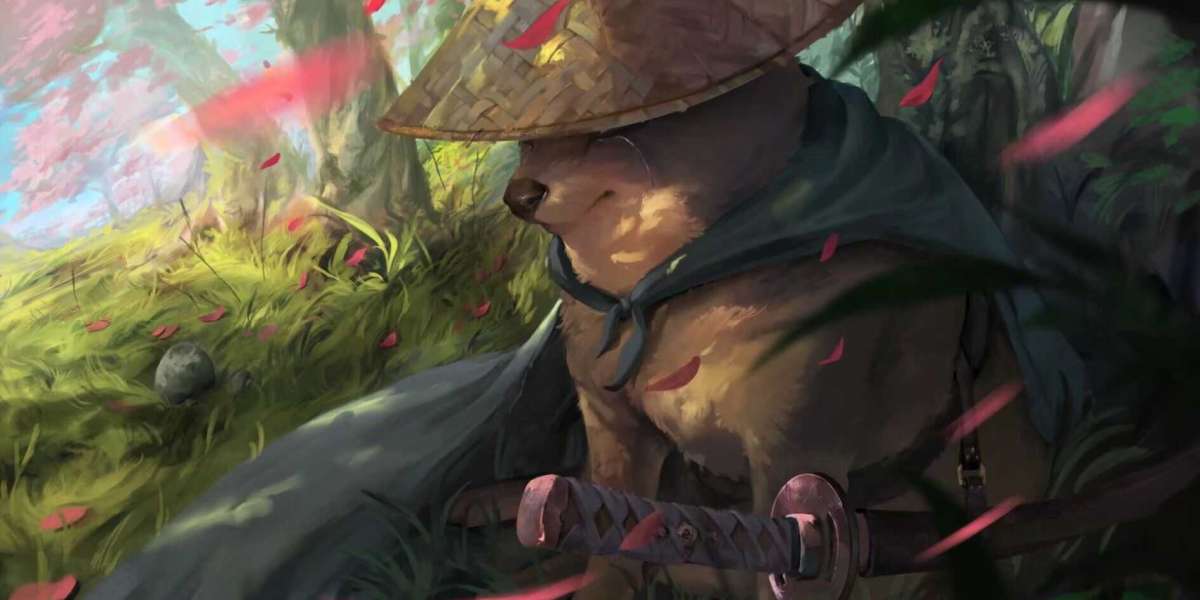Introduction:
In 1966, a monumental event unfolded in the land of China that would shape the nation's destiny for years to come. This event was the Great Proletarian Cultural Revolution, a socio-political movement initiated by Chairman Mao Zedong with the aim of revitalizing China's revolutionary spirit and purging it from capitalist and bourgeois influences. With its launch in February 1966, the Cultural Revolution plunged the nation into a frenzy of student protests, political struggle, and ideological strife, leaving an indelible mark on Chinese society and reverberating across the world.
Body:
The Cultural Revolution was ignited by a series of political and economic setbacks Mao perceived as detrimental to China's socialist progress. Having recognized the lingering power of the old guard, Mao sought to consolidate his own control by turning to the youth. In February 1966, he released what would become a fateful document known as the May 16 Notice. This notice called upon China's young population to rebel against the Party's bureaucratic establishment, denounce authority figures, and establish a new order that would prioritize the values of the proletariat.
Inspired by Mao's rallying cry, millions of Red Guards – predominantly students – emerged from universities and schools, wielding the Little Red Book, a compilation of Mao's writings, as their ideological compass. These passionate young activists took to the streets, iconic red armbands adorning their arms, their voices resonating with revolutionary fervor. They sought to purify society through criticizing and eliminating the so-called Four Olds: old ideas, old culture, old customs, and old habits. This led to a period of intense social upheaval, as historical relics, books, and traditional artifacts were destroyed, deemed remnants of a feudal past.
The Cultural Revolution quickly escalated into a struggle for power within the Communist Party itself. Mao's trusted ally, Lin Biao, was appointed as his successor, leading to the formation of factions vying for control in a frenzied race to prove their loyalty to the Chairman's revolutionary vision. Allegiances shifted, alliances formed and broke, as political struggles played out in organizations, factories, and even within families. Teachers, intellectuals, and those associated with the old system were relentlessly persecuted, subjected to public humiliation, imprisonment, or even death.
The chaos reached its peak during the years 1966-1969, as the Red Guards operated with an almost unchecked power, often resorting to violence and public condemnation of those deemed to be counter-revolutionaries. Spurred on by Mao's encouragement, they disrupted schools, universities, and workplaces, causing widespread disruption to the nation's education system and economy.
However, as the Cultural Revolution progressed, its unintended consequences became increasingly apparent. The country descended into a state of anarchy, with social order collapsing and production grinding to a halt. Mao was forced to call upon the People's Liberation Army to restore stability, leading to the suppression of the Red Guards and a decline in their influence by the early 1970s.
Conclusion:
By the time the Cultural Revolution formally ended with Mao's death in 1976, China had undergone a decade of unprecedented turmoil and profound change. The Great Proletarian Cultural Revolution left an indelible mark on the Chinese people – shaping their political beliefs, fracturing families, and transforming their understanding of society and authority. While the event was undoubtedly a tumultuous period in China's history, it also served as a testament to the immense power of ideology and the lasting impact it can have on a nation's destiny.








